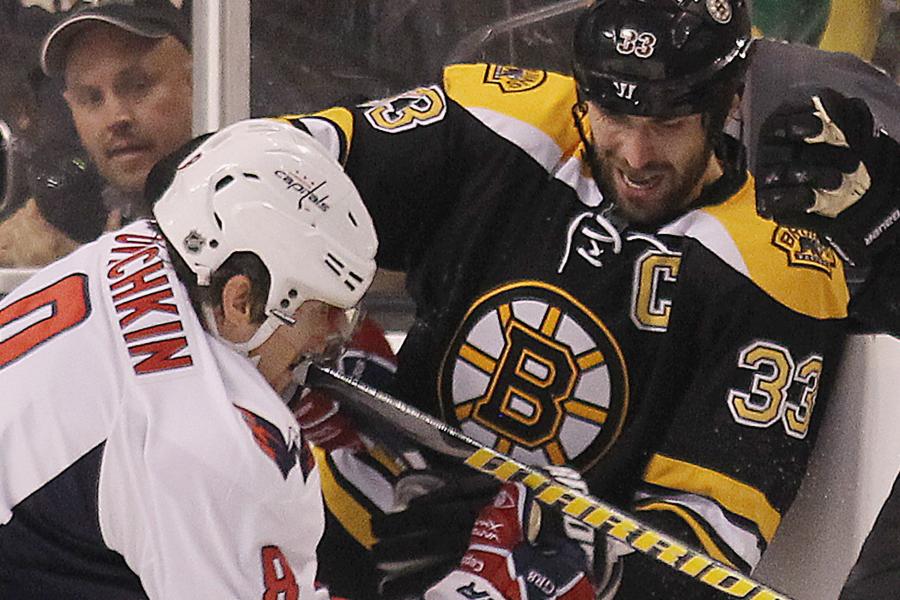It’s likely a question more than one NHL fan has asked themselves over the course of the past several seasons.
Gone are the days of the Grim Reaper, Biznasty and the Hammer terrorizing the rink, and it’s no coincidence that the enforcer exodus has signaled a dramatic drop in the number of major penalties handed out.
There’s no one clear-cut reason for the decline in fighting, but one thing is clear – the bloody on-ice brawls of the 70s, 80s, and 90s are finished and they won’t be coming back.
In 2009-2010 there were 714 fights recorded in the NHL, but by last season that number had been cut nearly in half and was down to 372.
One contributing factor is that there simply isn’t any room for goons anymore.
Following the 2004/2005 lockout and the establishment of an NHL salary cap, it became necessary for owners to stretch their dollars and be much more selective when it came to recruiting and maintaining big-name talent.
The cap made it virtually impossible to stockpile high-end offensive players and still have money left to send out the fourth line of one-dimensional mercenaries.
At the same time, the post-lockout NHL issued new rule changes to put the emphasis on speed and skill. As the NHL cracked down on stick penalties and obstructionism, the number of power plays increased post-lockout by more than three per game from 2003-04. The total goals scored per game correspondingly went from 5.14 in the last season before the lockout, to 6.16 per game in 2005-06.
Although recent stats show the number of goals scored has dropped back to pre-lockout levels, the NHL has indicated they’re keen to crack down on obstruction again for the 2017/2018 season, and that leaves little room for skaters who aren’t as fleet of foot.
There’s also the highly charged issue of concussions. It’s a problem that all contact sports have been grappling with on an increasing basis over the past decade. With big names like Sydney Crosby and rookie of the year contender Patrick Laine both missing parts of last season due to a concussion, the NHL is no exception.
A perceived connection between fighting and concussions was headline news in the summer of 2011 when three enforcers – Derek Boogaard, Rick Rypien and Wade Belak – all died. Boogaard died after accidentally mixing painkillers and alcohol, while Rypien and Belak are both suspected to have died by suicide.
While some have argued that fighting has played a major role in the concussion problems that have plagued the league, others suggest that it’s simply the speed and size of the players in today’s NHL.
The majority of current NHLers made their way through the major junior ranks, and those leagues, like the OHL, have been working to curb fighting as far back as the 1980s. That includes rules that imposed suspensions on anyone who fought more than 10 times –a number which was reduced to three in 2016.
The result has been a shift that mirrors the NHL, as the OHL has gone from an average of two fights per game in the late 1990s to less than one fight every three games now.
Whether fighting will ever completely disappear from the game remains to be seen, but it’s become abundantly clear that to make it in today’s NHL a player needs more in his toolkit than just a pair of fists and a strong chin.


